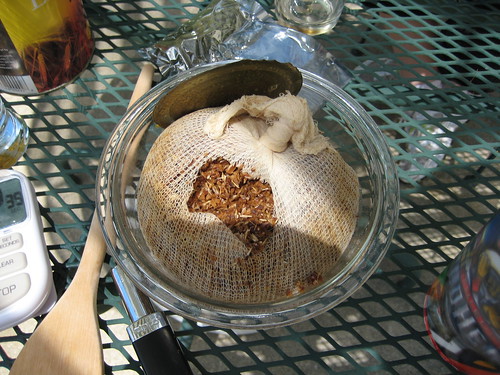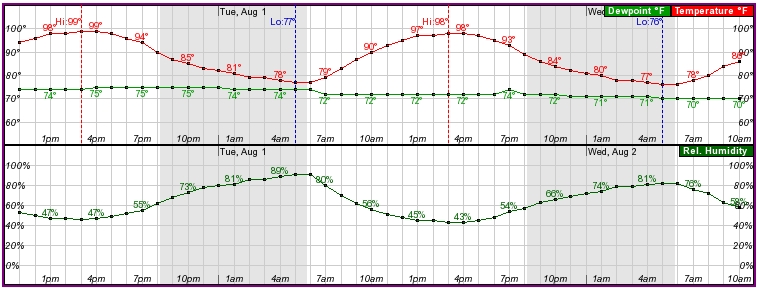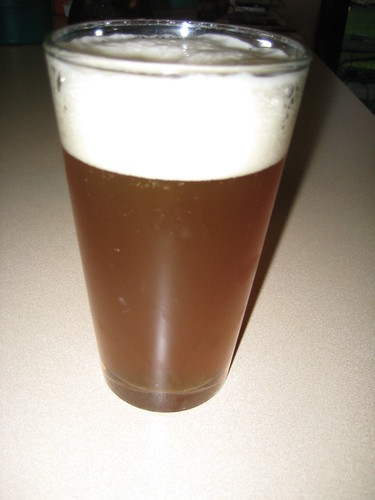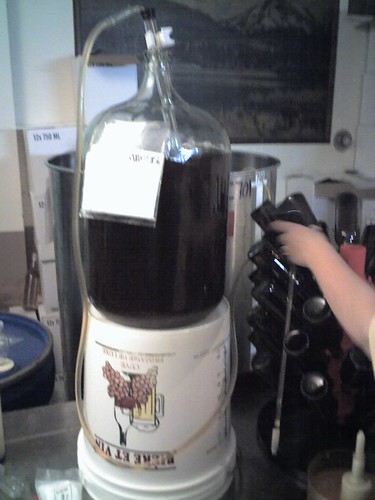The video below is just a couple minutes after we put the bag of specialty malt (crystal malt) into 2 gallons of water in the brew kettle. We kept it the water between 160 and 170 degrees for 20 minutes. I was surprised how quickly it colored the water and how dark it made the water.
This is a picture of the muslin bag of grain after it was done steeping with a hole cut in it to see what it looks like. We tried a few bites of it and tt was like really fibrous oatmeal. Click on the picture to see a larger image.

After we removed the malt bag we turned off the burner and added two cans of liquid malt extract and the bittering hops. The heat gets turned off so the clumps of the syrupy malt extract that fall to the bottom do not burn. Once we completely stirred it into the liquid we turned the heat back on, brought it to a boil, and kept it boiling for 55 minutes. After 55 minutes we add the finishing hops and boiled for an additional 5 minutes.
We had a clean 7.9 gallon fermenter with 2 gallons of water that sat out overnight so the chlorine could evaporate off. We poured the wort (that is what is in the kettle now) into the fermenter, and then added additional water to bring the total volume to 5 gallons. The original gravity is 1.045. That is a measure of how much sugar is in the water. As it gets consumed by the yeast and turned to alcohol the specific gravity will drop. Subtracting the final gravity from the original gravity and plugging it into a formula will tell you how much alcohol is in the beer.
Once the wort had cooled to 105 degrees I added the yeast and put the lid on and inserted the air lock. Below is a video just a couple hours after I sealed it up and carried it to the basement. I apparently have some really happy yeast at work in there!
After about a week I will use a siphon to transfer the beer from the primary fermenter to a large glass jug called a carboy. This will clarify the beer because I will keep the tip of the siphon just a little bit above the sediment that will have settled to the bottom. I might do this once or twice more before I finally bottle it in two or three weeks. I will get a little clearer each time I do that.



